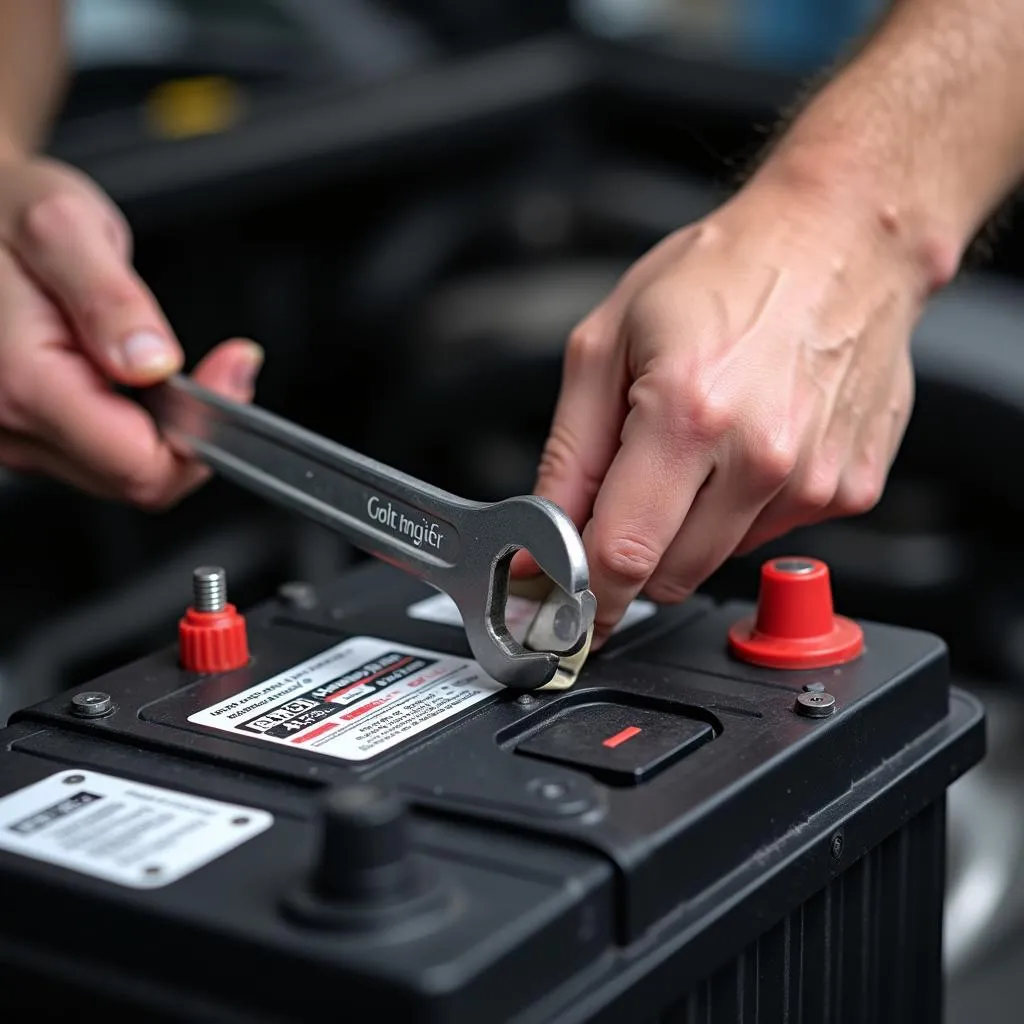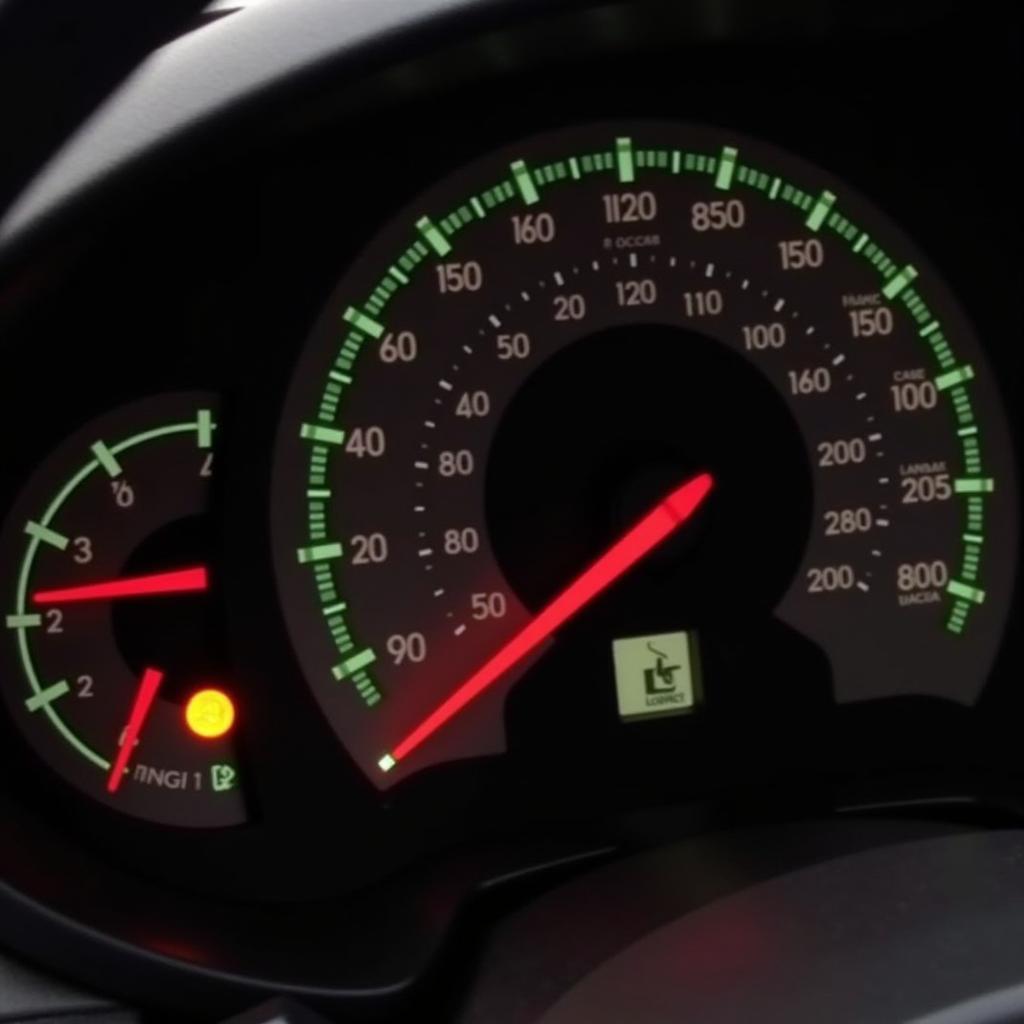The Ford fob key is an integral part of modern Ford vehicles, offering convenience and enhanced security. However, like any electronic device, it can encounter issues. This comprehensive guide delves into common Ford fob key problems, providing troubleshooting tips and solutions to get you back on the road quickly.
Understanding Your Ford Fob Key
Your Ford fob key, also known as a keyless entry remote or remote keyless entry (RKE) system, uses radio frequencies to lock, unlock, and even start your vehicle remotely. It consists of a transmitter within the fob and a receiver within the car, communicating wirelessly.
Common Ford Fob Key Problems
While Ford fob keys are generally reliable, several issues can arise:
- Key Fob Not Working: This is a broad issue that can manifest as the key fob not unlocking or locking the car, not starting the car, or working intermittently.
- Key Fob Battery Dead: A depleted battery is the most common culprit behind a malfunctioning key fob.
- Key Fob Programming Errors: Issues during the programming process or accidental reprogramming can render your key fob ineffective.
- Receiver Module Problems: The receiver module in your car might be faulty, preventing it from recognizing the signals from your key fob.
- Key Fob Physical Damage: A dropped key fob, water damage, or worn-out buttons can impair its functionality.
Troubleshooting Ford Fob Key Issues
Before heading to a dealership or an auto electrician, here are some troubleshooting steps you can try:
- Replace the Key Fob Battery: If your key fob is entirely unresponsive or working intermittently, replacing the battery is a good first step. You can find the battery type in your owner’s manual or by searching online for your specific Ford model.
- Reprogram Your Key Fob: Sometimes, a key fob can lose its programming. You can often reprogram it yourself by following the instructions in your owner’s manual. This typically involves a sequence of actions, such as turning the ignition on and off or pressing certain buttons in a specific order.
- Check for Physical Damage: Inspect your key fob for any signs of physical damage, such as cracks, loose buttons, or water exposure. If the damage is extensive, you might need a replacement key fob.
When to Seek Professional Help
If these troubleshooting tips don’t resolve the issue, it’s time to seek professional assistance. A qualified auto electrician or dealership can diagnose the problem more accurately.
- “Intermittent key fob issues can be particularly tricky to diagnose. Don’t hesitate to bring your vehicle in for a checkup if the problem persists,” says John Miller, a senior auto electrician with over 20 years of experience.
Preventing Future Ford Fob Key Problems
- Regular Battery Replacement: Replace your key fob battery every two to three years to prevent unexpected failures.
- Protect Your Key Fob: Use a protective case to shield your key fob from physical damage and moisture.
- Avoid Signal Interference: Keep your key fob away from electronic devices that could interfere with its signal, such as cell phones and laptops.
Cost of Ford Fob Key Replacement
If you need a replacement Ford fob key, the cost can vary depending on your model, year, and the complexity of the key.
- Dealer Replacement: Dealerships typically charge more for replacement keys, often ranging from $200 to $500.
- Automotive Locksmith: An automotive locksmith might offer a more affordable option, with prices ranging from $150 to $300.
FAQs About Ford Fob Keys
Q: How do I know if my Ford key fob battery is dead?
A: The most common sign is that your key fob will stop working entirely or intermittently.
Q: Can I drive my Ford if the key fob battery dies?
A: Most Ford vehicles have a backup system that allows you to start the car even with a dead key fob battery. Consult your owner’s manual for specific instructions for your model.
Q: Can I program a used Ford key fob to my car?
A: No, used Ford fob keys are typically locked to the original vehicle and cannot be easily reprogrammed to a different car.
Conclusion
Your Ford fob key is a crucial part of your vehicle’s security and convenience. By understanding common problems and following these troubleshooting tips, you can often resolve minor issues yourself. For more complex problems, don’t hesitate to seek professional help to get back on the road with peace of mind.


